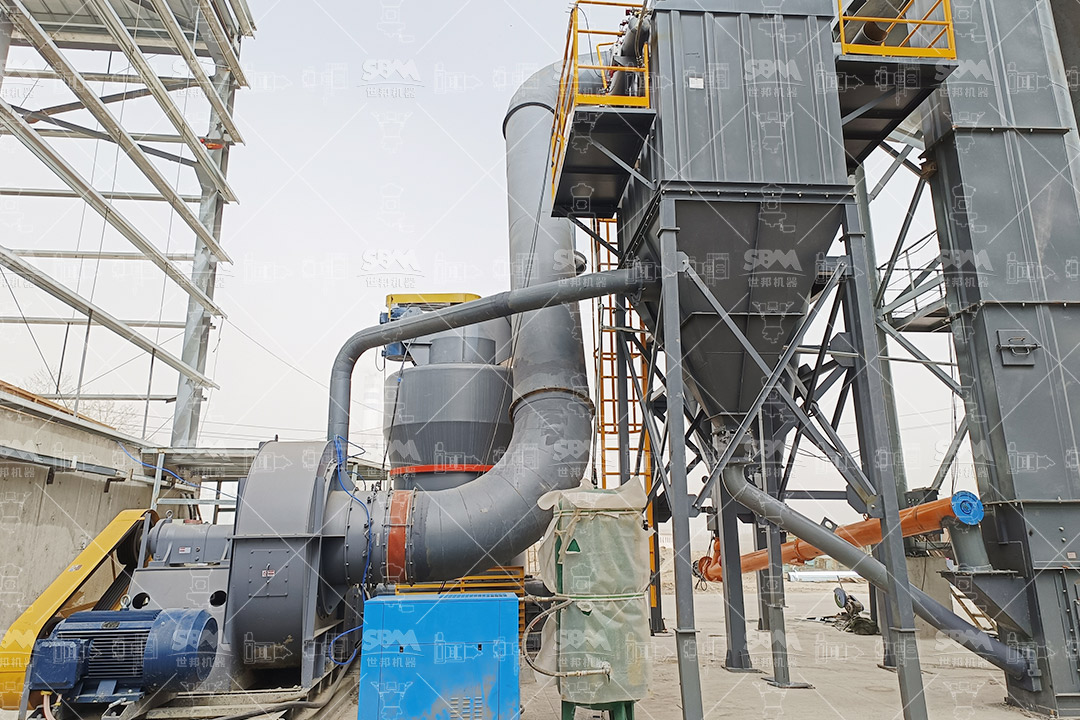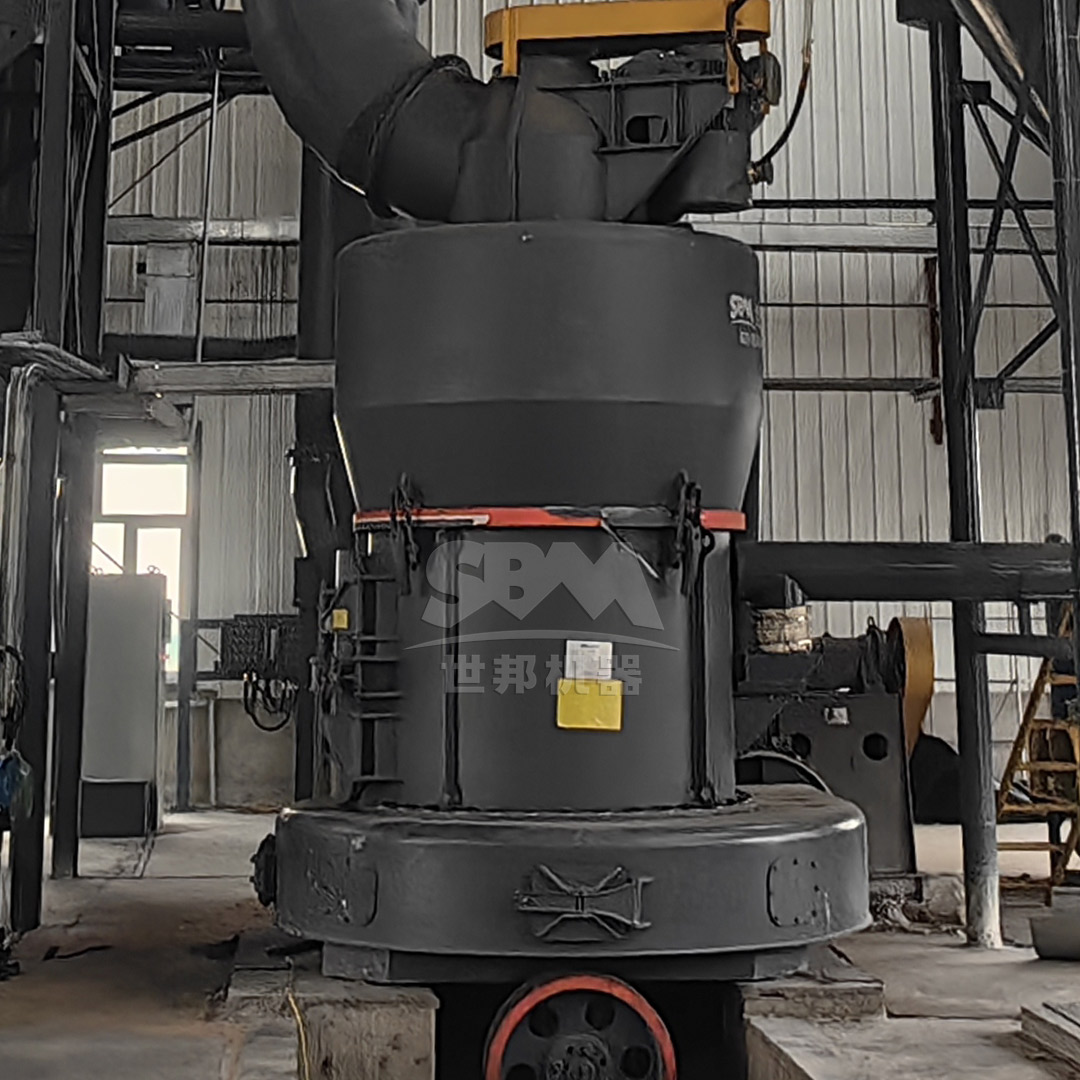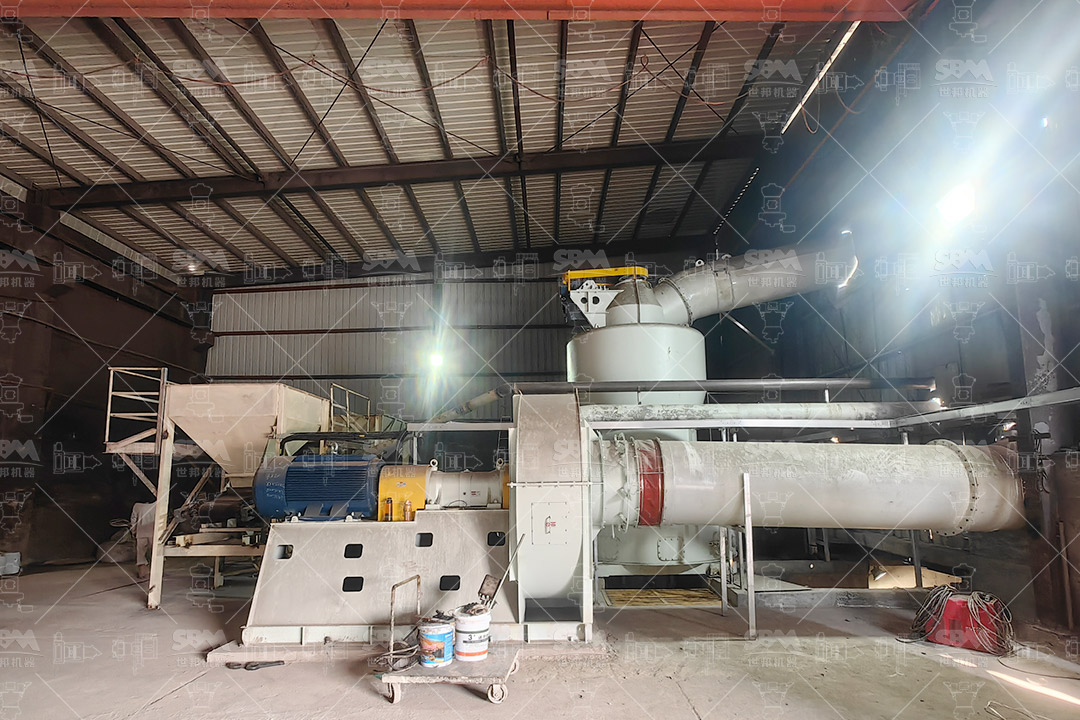Quicklime (calcium oxide, CaO) production begins with the calcination of limestone (calcium carbonate, CaCO₃) in a kiln. However, the efficiency and quality of this thermal process are profoundly influenced by a preceding mechanical step: the grinding of the raw limestone. The particle size distribution, surface area, and uniformity of the ground limestone feed directly impact the calcination kinetics, fuel consumption, and final quality of the quicklime. Selecting the appropriate grinding machine is, therefore, not merely a matter of size reduction but a strategic decision that dictates the entire production line’s economic and operational performance. This guide provides a comprehensive analysis of the key factors to consider and recommends optimal grinding solutions for modern quicklime plants.

Finely ground limestone offers a significantly larger surface area, which facilitates faster and more complete decomposition (CaCO₃ → CaO + CO₂) in the kiln. This leads to several key benefits:
The ideal grinding machine must align with the specific requirements of the quicklime production process. Decision-makers should evaluate the following criteria:
The target fineness for limestone feed is typically in the range of 30 mesh (600μm) to 325 mesh (45μm). Some advanced processes may demand even finer powders. The chosen mill must reliably and efficiently achieve the desired particle size distribution (PSD). A narrow PSD is often preferable to ensure uniform calcination.
The grinding system’s capacity must match or exceed the planned output of the quicklime plant. It’s essential to consider both current needs and future expansion plans. Under-sizing the mill creates a bottleneck, while over-sizing leads to unnecessary capital expenditure and inefficient partial-load operation.
Grinding is an energy-intensive process. Mills that utilize advanced grinding principles, such as bed crushing in vertical roller mills, typically offer significantly lower energy consumption per ton of product compared to traditional ball mills.
Beyond the initial investment, consider the long-term costs. This includes the wear rate of grinding elements (rollers, liners, balls), the frequency of maintenance, and the ease of replacing wear parts. Robust designs with long-lasting components and easy access for maintenance reduce downtime and total cost of ownership.
The physical size of the grinding system and its ancillary equipment (feeders, classifiers, dust collectors) can impact plant layout. Vertical mills, for example, often have a smaller footprint than horizontal ball mill systems.
Modern grinding plants must control dust emissions and noise. A well-designed mill will be a closed, negative-pressure system integrated with an efficient pulse-jet baghouse dust collector to ensure emissions meet stringent environmental standards.

Different grinding technologies are suited for different applications. Here’s a breakdown of the most common types used in quicklime production.
A traditional and widely used technology. Ball mills operate by tumbling the limestone with steel balls inside a rotating cylinder.
| Advantages | Disadvantages |
|---|---|
| Simple principle, reliable operation | High energy consumption (low efficiency) |
| Can handle a wide range of feed sizes | High wear of grinding media and liners |
| Suitable for both dry and wet grinding | Large footprint and high noise levels |
| Can produce very fine powders | Limited ability to control particle shape |
Verdict: While robust, ball mills are becoming less favored for new quicklime plants due to their poor energy efficiency. They may still be suitable for specific situations where other technologies are not applicable.
This mill uses spring-loaded rollers that rotate against a stationary ring to crush the material.
| Advantages | Disadvantages |
|---|---|
| Well-established, cost-effective technology | Limited fineness (typically up to 325 mesh) |
| Lower capital cost compared to advanced mills | Lower production capacity for a given size |
| Good for medium-fine grinding applications | Higher wear on grinding rings and rollers |
Verdict: A viable option for small to medium-scale plants requiring a fineness of 30-325 mesh where the highest energy efficiency is not the primary concern.
This is the modern industry standard for large-scale limestone grinding. Material is ground between a rotating table and two or more grinding rollers.
| Advantages | Disadvantages |
|---|---|
| Excellent energy efficiency (30-50% less than ball mills) | Higher initial capital investment |
| Integrated drying, grinding, and classification | More complex operation and maintenance |
| Compact design, small footprint | Sensitivity to feed material variability (e.g., hardness) |
| Low wear rates and long maintenance intervals | |
| Low noise and dust emissions |
Verdict: The preferred choice for medium to large-scale quicklime production plants due to its superior efficiency, capacity, and environmental performance.
Based on the factors discussed, two of our product lines stand out as optimal solutions for grinding limestone for quicklime production, catering to different fineness and capacity requirements.
For quicklime plants requiring a fineness in the range of 30-325 mesh (600-45μm) with capacities from 3 to 45 tons per hour, the MTW Series European Trapezium Mill represents an excellent balance of performance, reliability, and cost.
This mill incorporates advanced engineering features that make it particularly suitable for limestone:
The working principle involves the main motor driving the grinding roller to revolve around the central axis. The shovel blades scoop and throw the material between the roller and grinding ring, where it is pulverized by extrusion. An internal classifier ensures precise control over the final product fineness.
Model Recommendation: For a medium-sized quicklime plant, the MTW175G model is a powerful choice. With a main motor power of 160kW, it can process 9.5 to 25 tons per hour, easily handling feed sizes up to 40mm and producing powder from 10 to 325 mesh. Its robust construction and intelligent design ensure continuous, trouble-free operation, which is critical for feeding a kiln.

For large-scale quicklime facilities where maximizing energy efficiency and production capacity (from 3 to over 250 t/h) are paramount, the LM Series Vertical Roller Mill is the undisputed industry leader.
Its core advantages are perfectly aligned with the demands of modern, cost-conscious production:
Material is fed onto the rotating grinding table. Centrifugal force spreads it evenly, and hydraulically loaded rollers apply pressure to crush the material layer. The fine powder is carried by the hot air stream to the classifier, while coarse particles fall back onto the table for further grinding.
Model Recommendation: The LM190K vertical roller mill is an excellent choice for a major quicklime production line. With a grinding disc diameter of 1900mm and a main motor power of 500kW, it delivers a throughput of 23 to 68 tons per hour at a fineness of 80-400 mesh (170-40μm). Its集约化设计 (intensive design) and low running costs make it a sound long-term investment.
The selection of a limestone grinding machine is a strategic decision with long-term implications for the profitability and sustainability of a quicklime operation. While traditional technologies like ball mills have their place, the clear trend is toward more efficient systems like the MTW Series Trapezium Mill and the LM Series Vertical Roller Mill.
For standard fineness requirements and medium capacity, the MTW Series offers a perfect blend of modern technology, reliability, and value. For the highest demands on capacity, energy efficiency, and operational cost control in large-scale plants, the LM Vertical Roller Mill is the superior solution. By carefully assessing your specific production goals, feed characteristics, and financial parameters, you can choose the grinding technology that will serve as the reliable heart of your quicklime production process for years to come.